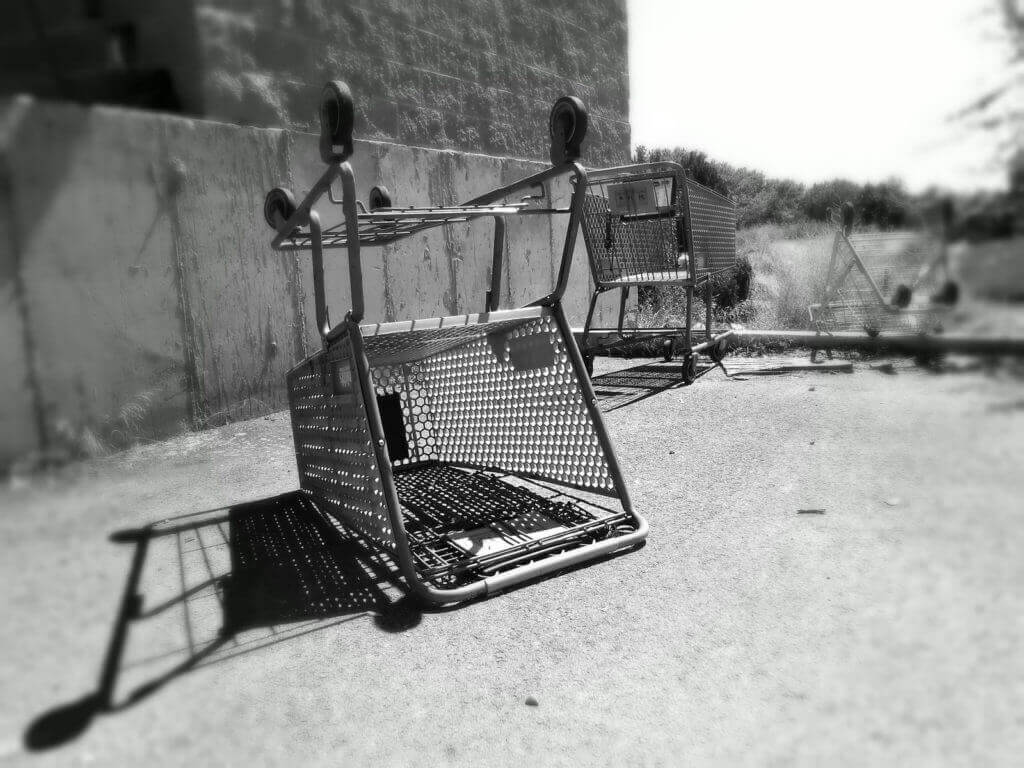
As the industry continues to navigate through the coronavirus pandemic, hoteliers want to know when the recovery will start and how fast it will be.
Recently revised forecasts for U.S. hotel performance indicate the recovery is near, but it’s going to take time before hoteliers see demand and rates return to normal. That recovery is dependent on several factors, any of which could slow it down.
The recovery
Overall, demand is expected to bounce back in 2021 by 50%, which means an increase in occupancy and revenue-per-available-room growth of just shy of 50%, said Jan Freitag, SVP of lodging insights at STR. Those percentage changes can be a bit misleading, however, he said. If RevPAR declines by almost 60% in 2020 and then increases by almost 50% in 2021, that is not a V-shaped recovery because the base that 2021 uses is much lower, he said.
“That is specifically striking when we look at the (average daily rate) increases where for next year, 2021, we propose that hotel rates are increasing only 1.7%,” he said. “As we’ve said in prior commentaries, the ADR rebound is most certainly not V-shaped, as we have seen in post-9/11 and 2009. It has never been in the prior recoveries, and we don’t think that 2021 or 2022 are any exceptions.”
Declines in 2020 are largely driven by the lack of corporate travel demand and the complete lack of group demand, Freitag said. It’s difficult to forecast how group demand returns since the industry is now in a “6-foot world post COVID-19” and the playbook for meetings, conventions and citywide events is being written now, he said.
CBRE’s latest forecast doesn’t differ much from its previous revisions, though it is a bit more pessimistic for 2020 and 2021, said Jamie Lane, senior managing economist of Econometric Advisors and CBRE Hotels Americas Research. It’s baseline forecast calls for a three-year recovery in nominal RevPAR for the U.S. industry with demand returning to pre-pandemic levels by mid-2022, he said. It takes about another year to get pricing back.
“That’s obviously predicated on a recovery in the overall economy, which today our baseline scenario calls for a two-year recovery in employment,” he said, adding that means by mid-2022 there’s a full pullback and rehiring.
Essentially, the industry is now at the depths of the recession, he said. Employment and incomes are a determinant of hotel demand in the forecast models. When people have jobs and are able to earn an income, they travel for business and for leisure, he said.
Pent-up demand, as travel restrictions ease, is expected in some leisure destinations this summer, but corporate group and inbound international travel are not expected to come back in any meaningful way until 2021, he said.




